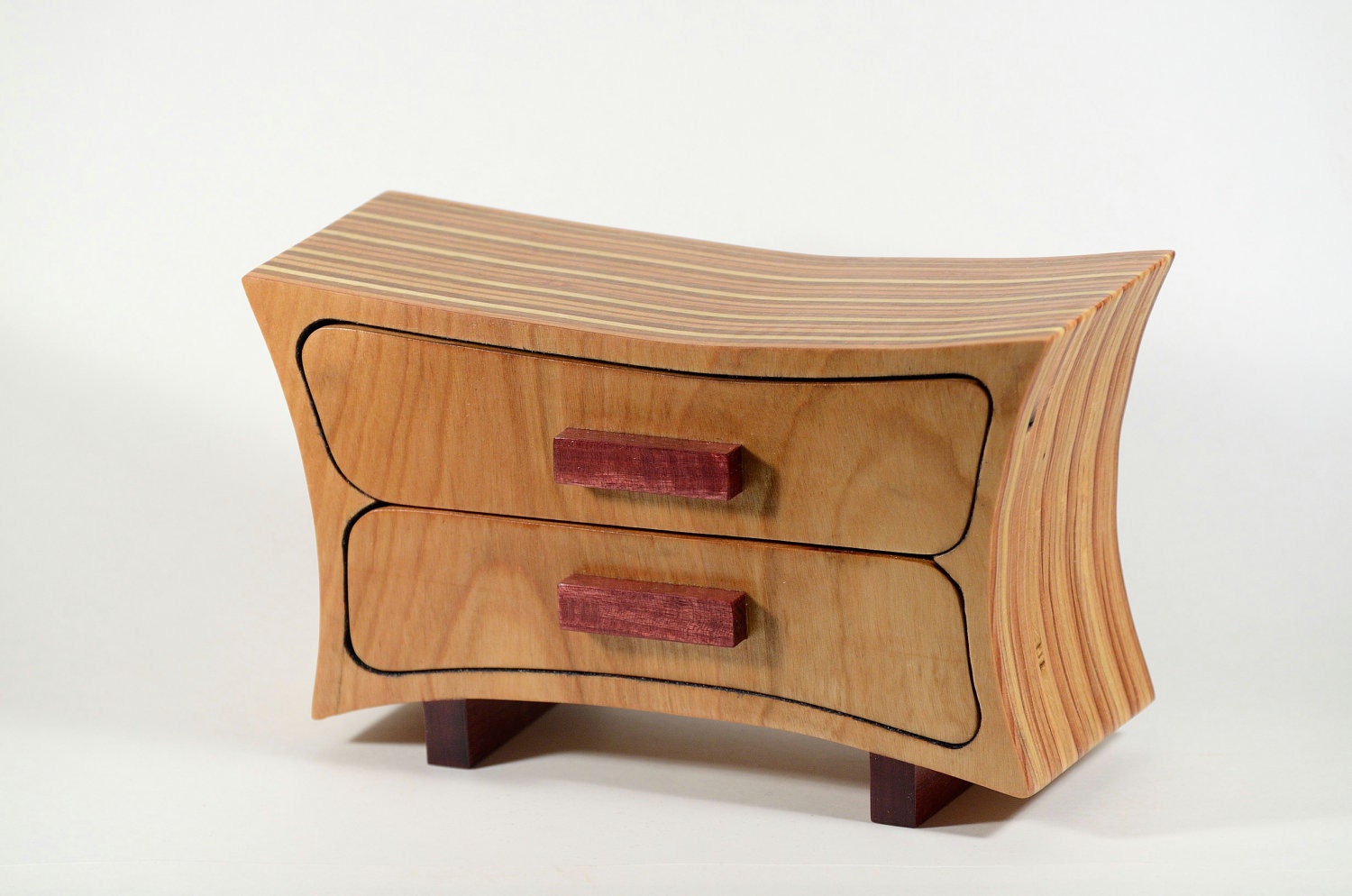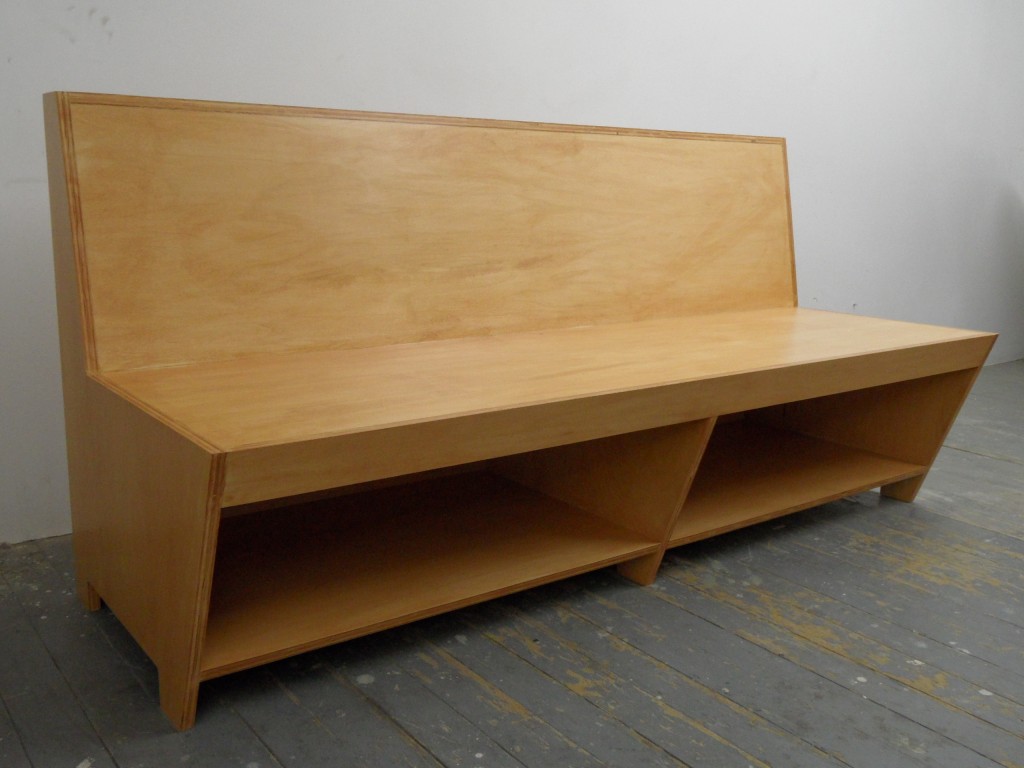
Sizing and Ergonomics
- The importance of ergonomics and sizing is to make things the appropriate size and durability to complete the tasks it needs to. A chair must be correctly sized and sturdy enough to hold the average person.
- The biggest ergonomic factors involved in this project is the depth of the shelves, and the height of the finished project on a wall. The shelf must be deep enough to hold an average size book (minimum 10"). The height of each box varies so it will be able to hold different objects
- http://www.ehow.com/info_12151991_average-bookcase-depth.html
Joining and Structures
- To form the boxes for this project we will join the wood using either miter joints or butt joints. Each box will be laminated together by wood glue.
- Another possible method of joining would be a miter lock joint. This would provide much more stability for the project but this process is difficult and time consuming.
http://www.ripsdiy.co.za/woodjoins.shtml
Process and Assembly
- One possible problem that may be encountered is having different sized pieces when they are suppose to be identical. To prevent this problem we will use stoppers so we are able to cut pieces precisely.


















